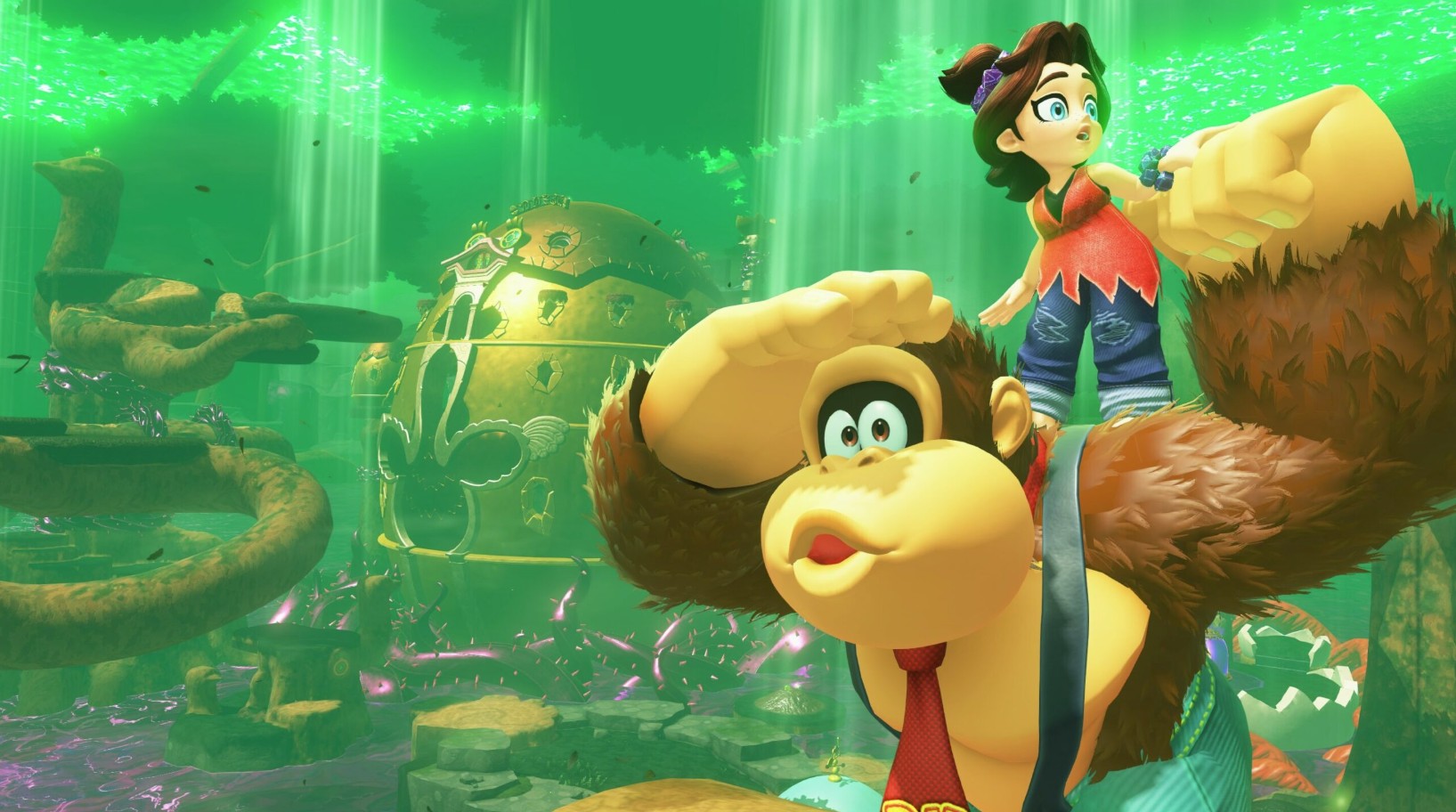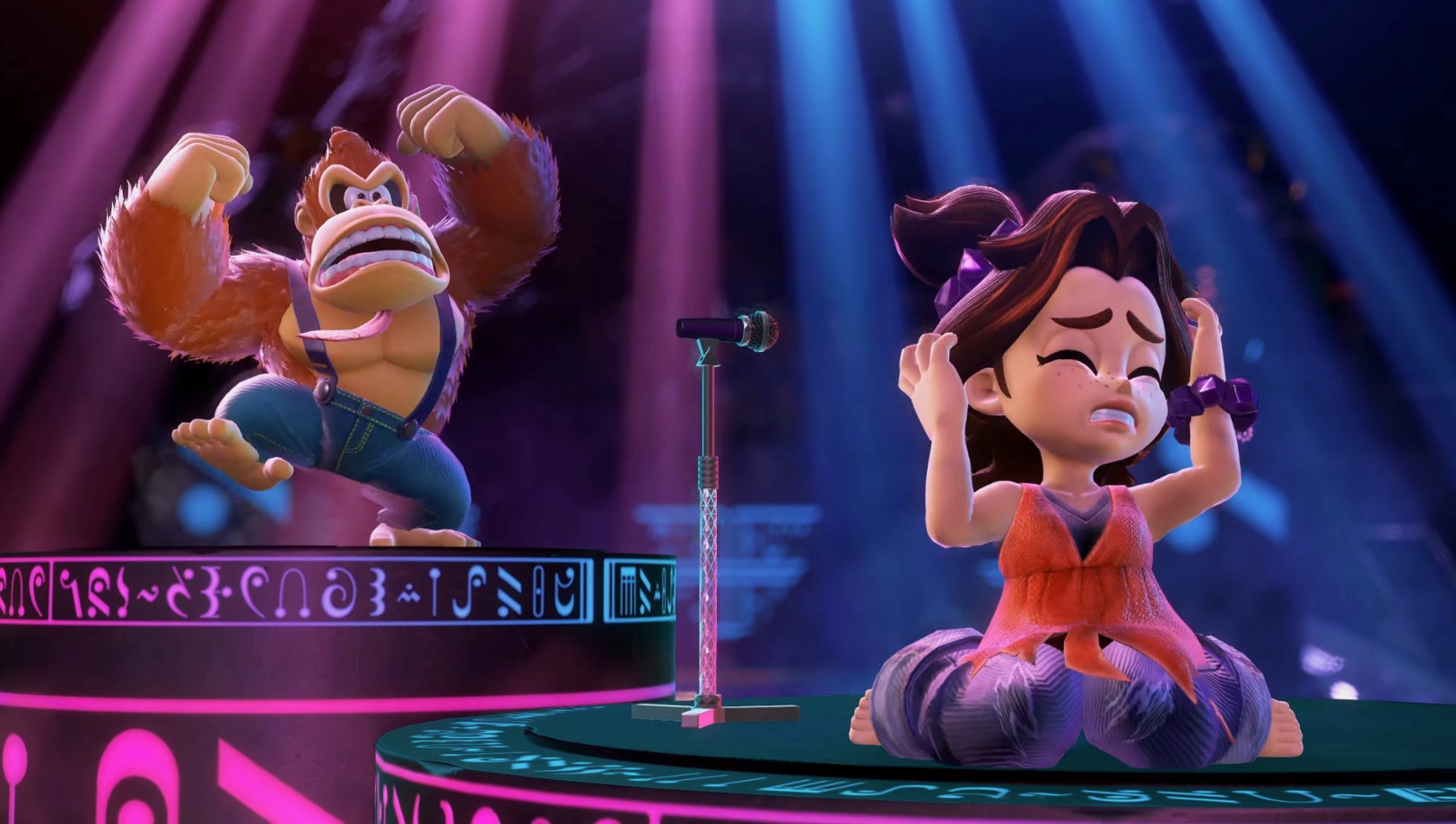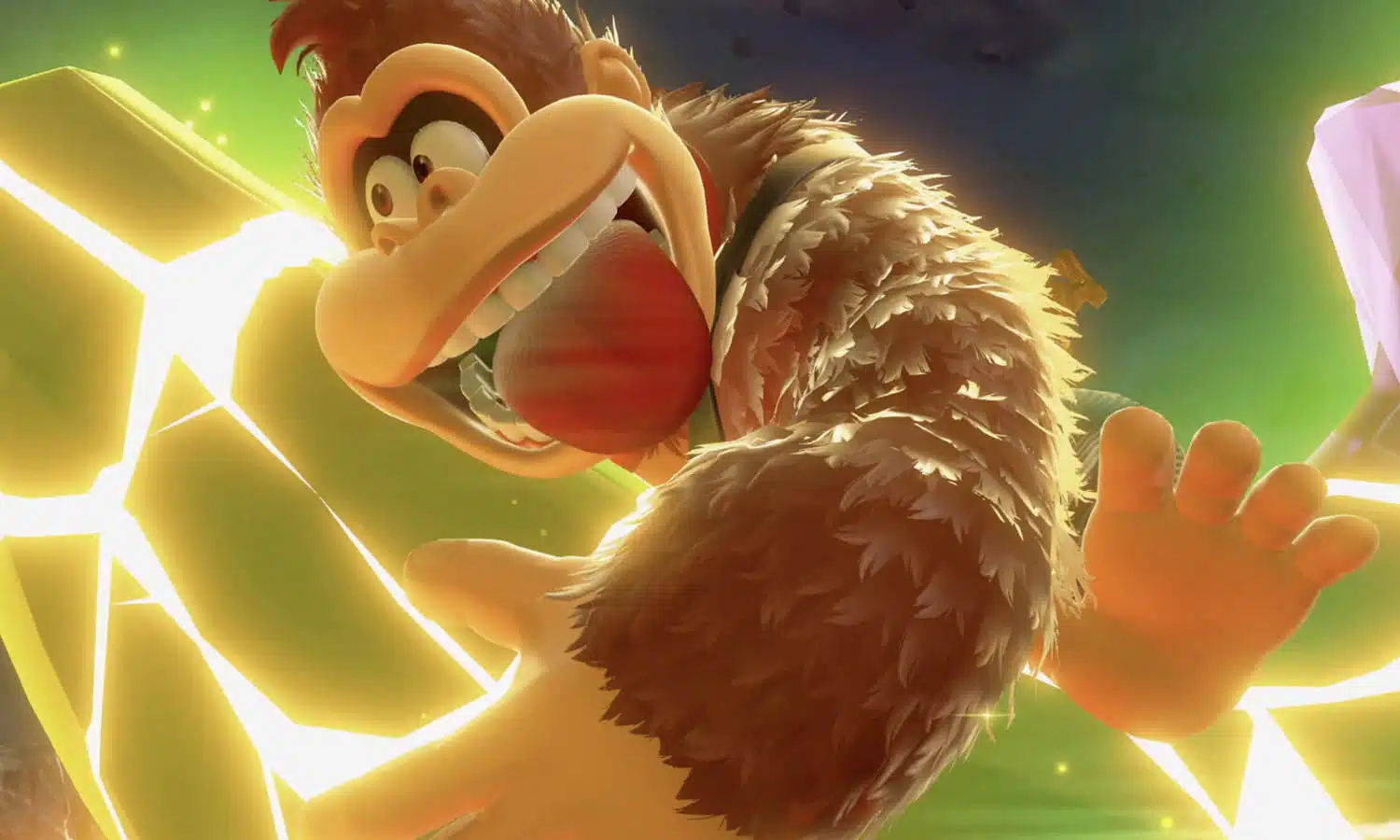With Donkey Kong Bananza just around the corner, IGN sat down with the game’s producer Kenta Motokura and director Kazuya Takahashi for a deep-dive interview that uncovers everything from voxel tech to why Pauline is suddenly 13 years old.
Here’s a recap of the highlights from the interview, including why the Super Mario Odyssey team took over DK’s next big adventure, and how bananas turned into Banandium!
A Game Born From Strength and Voxels

The idea for Donkey Kong Bananza started when Nintendo veteran Yoshiaki Koizumi approached the Odyssey team with the idea of a 3D Donkey Kong game. Motokura’s team leaned into DK’s long arms and raw strength, eventually pairing that with voxel technology, originally used in Mario Odyssey’s Luncheon and Snow Kingdoms, to create a world built for breaking things.
The result? A game where destruction is not just a gimmick, it is the main mechanic. Smash terrain, uncover secrets, and chain explosions of discovery in what the devs call the “continuity of destruction.”
Why Pauline Is 13 – and So Central

One of the interview’s more surprising reveals was the younger version of Pauline, reimagined as a 13-year-old sidekick. Her role came together organically: an early zebra transformation concept inspired custom music, which led to the idea of Pauline singing transformation songs. Eventually, this spiraled into a full gameplay mechanic where Pauline’s vocals guide Donkey Kong, open hidden paths, and can even be controlled in co-op mode.
Takahashi explains her presence is more than just aesthetic: as the only human character in a wild world of talking rocks and creatures, Pauline serves as the emotional and narrative anchor, giving players context and clues through dialogue and song.
As for why she’s specifically 13? The devs are staying mysterious, suggesting players might want to figure that one out themselves.
New DK, New Look – But the Heart Remains
While fans quickly picked up on the Odyssey-style menus and world design, Motokura is quick to point out what sets Bananza apart: it is all about smashing, digging, and reshaping your surroundings. The voxel system makes almost everything destructible, and unlike Odyssey’s Power Moons, players collect Banandium Gems, which can be used to level up skills, from combat moves to survivability.
The devs also revealed that Bananza marks the first in-house Donkey Kong game from Nintendo in about 20 years, blending elements from past games (like barrel cannons, mine carts, and Rambi) with a new generation of mechanics.
Switch 2 Was Key to Realizing Their Vision
Though development began on the original Switch, the team moved to Switch 2 mid-cycle to take advantage of its new power. The more powerful hardware allows for larger-scale destruction, richer environments, and even unique new features like mouse controls for Pauline’s co-op vocal attacks.
Takahashi says the game would not have been possible in its current form without the Switch 2, especially when it came to making the world reactive and visually expressive enough to support its core mechanic of environmental transformation.
A Nod to the Past, A Leap Into the Future

Despite introducing new systems and a revamped art style, Donkey Kong Bananza is still rooted in franchise history. The devs were careful to include callbacks and familiar elements for long-time fans, while also building a foundation for new players.
As you are destroying lava-covered levels with frozen voxels or uncovering hidden secrets with Pauline’s music, the game promises a new yet familiar DK adventure that pushes the series in a unique direction.
The full IGN interview goes deep into the inspirations and design philosophy behind Donkey Kong Bananza, and it is clear this is not just a side project. With the Super Mario Odyssey team at the top, and Nintendo’s next-gen hardware, Bananza might be Donkey Kong’s most ambitious project yet.
For more information about the game, you can also check out our latest news!
